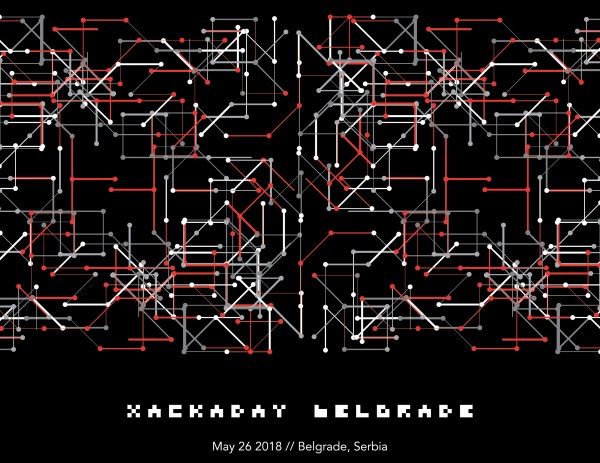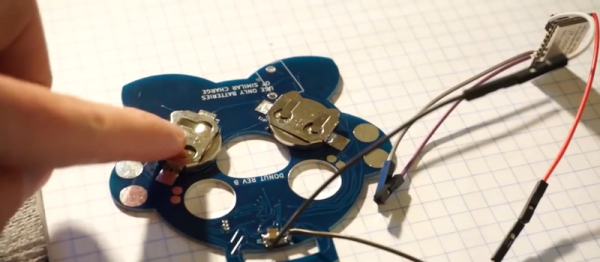Prepare yourself for the return of Hackaday Belgrade! Our premier European conference — Hackaday Belgrade — is on 26 May and we want to hear what you’ve been working on. The Call for Proposals is now open. We seek talks and workshops exploring the most interesting uses of technology and the culture that goes along with it. This includes design, prototyping, research, manufacturing, and the stories of people and progress that move hardware hacking forward.
We’ve booked Dom Omladine for the event because it was perfect for our previous Belgrade conference in 2016. The sold-out conference became a living organism of excitement when the Hackaday community from across Europe came together. A spectacular slate of speakers presented topics like designing computing clusters for use in University research programs, combining projection mapping with high powered lasers, building hardware for advertising campaigns, uncovering forgotten projector technology called Eidophor, fully embracing Open Hardware during product development, and so much more. All of this while hundreds in attendance joined forces for some of the best hardware badge hacking we’ve ever seen.
Hackaday Belgrade is the rare kind of opportunity that is worth reorganizing your life to attend. Want to guarantee yourself a ticket? They’re not available yet, but you can hack your way into the conference: submit a proposal! In addition to the adoration of the Hackaday community, accepted speakers will receive free admission. Everyone who submits a quality talk proposal will be given priority when tickets do go on sale. This event will sell out!
For updates, keep an eye on the conference page and pop into the chat on the project page by clicking “Join this project’s team”. Do you know someone who should be a speaker at this conference? Reach out to them personally, share this CFP on social media, or let us know in the comments below so we can make it happen.















